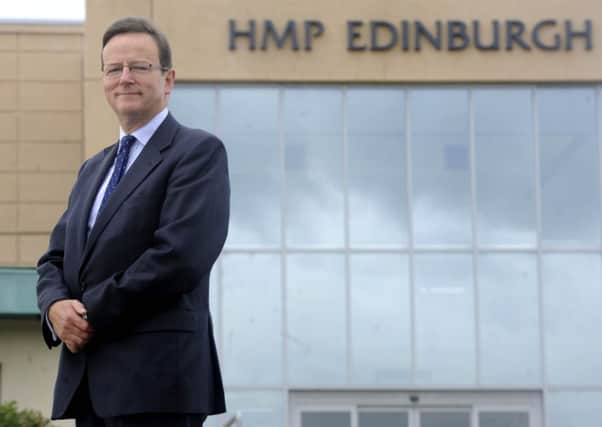Leaders: Early release policy makes sense


Those whose primary focus is victims’ rights will be understandably aggrieved if opinion tips away from punishment, while whose with a focus on avoiding reoffending will see rehabilitation as a priority.
Into this debate today steps David Strang, the former Lothian and Borders chief constable, who is now chief inspector of prisons in Scotland. He puts the case for more prisoners being released early from jail and electronically tagged, with curfews imposed on their movements. This would reduce prison overcrowding, he argues, but there is also evidence it can assist towards reducing recidivism. Does this make his idea a no-brainer?
Advertisement
Hide AdAdvertisement
Hide AdThe difficulty here is on the relationship between prison overcrowding and sentencing policy. They are obviously linked – sending more people to prison for longer means more people in our jails – but which should be the driver in the relationship?
Should the capacity of our prisons determine how we treat offenders in the criminal justice system? Or should we dispense justice as we see fit, on its own merits, and adapt prison capacity accordingly?
The fact that Scotland has one of Europe’s highest prison populations, calculated per head of population, has long been a complaint of reformers. But addressing this has to be done carefully and with sensitivity, and while taking into account the offence.
As the former police chief himself acknowledges, this is not the right answer for every prisoner. How would the victim of a violent crime feel, for example, if their assailant was spending a proportion of their sentence sitting at home in comfort watching the World Cup with a six-pack of beer?
David Strang’s suggestion would appear to address all reasonable concerns. It would reduce prison overcrowding, aid a prisoner’s reintegration into the community, and in the process hopefully help reduce reoffending. Ministers would do well to take heed.